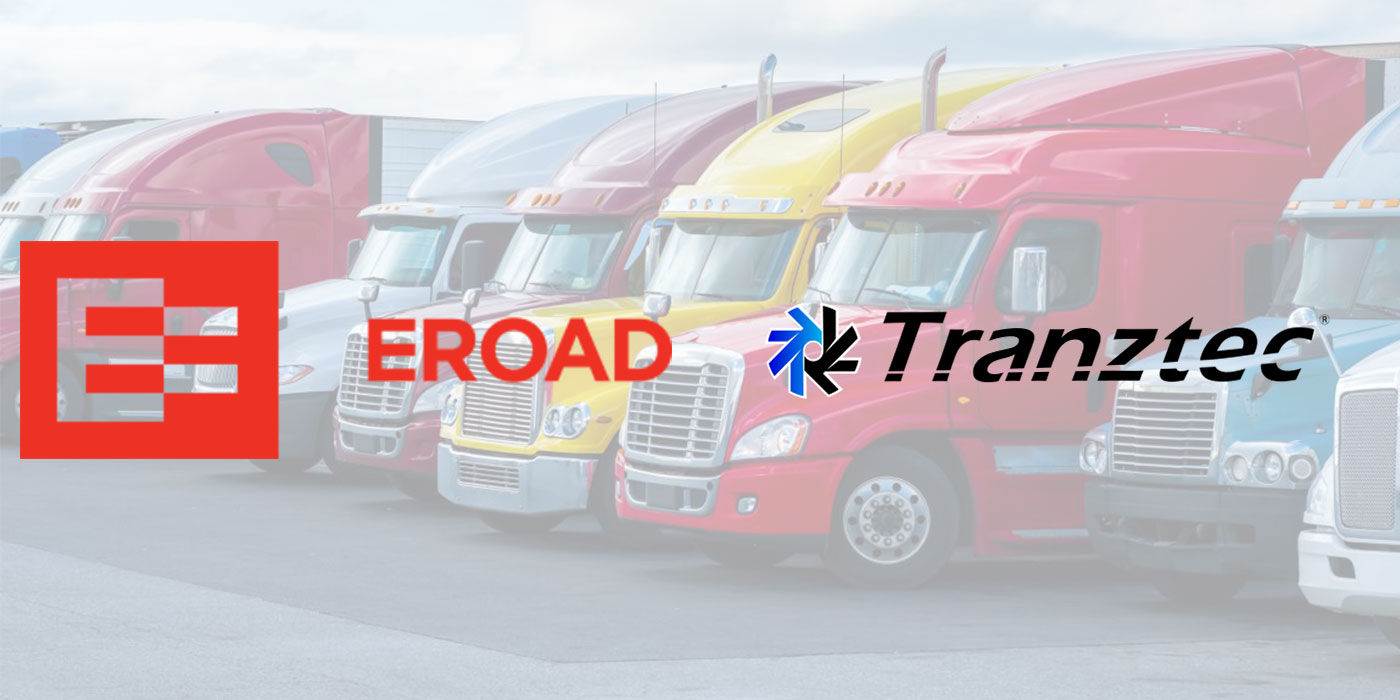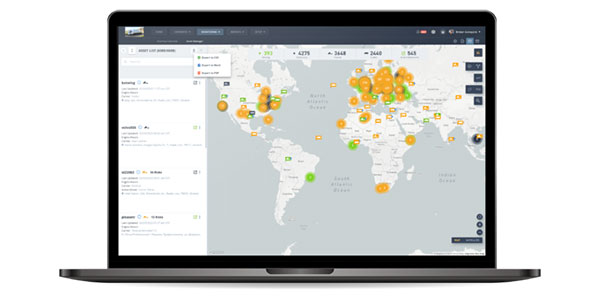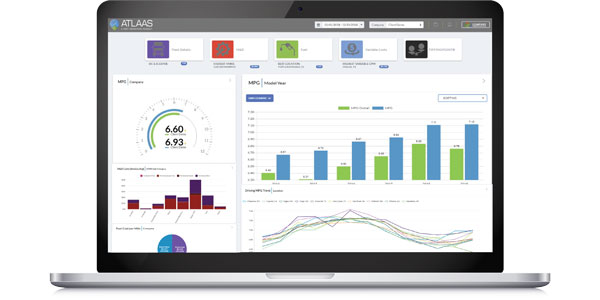Once viewed by drivers as a diabolical “big brother,” electronic onboard recorders (EOBR) have proven their value in significantly reducing the cost of maintenance, safety, compliance and fuel. As a result, EOBR is gaining traction. But with so much upside, why aren’t more firms taking advantage of the technology that transforms operational efficiency?
Early adopters held their breath when introducing EOBR, anticipating driver resistance, dissatisfaction and resulting turnover. Today, fleet management continues to feel pangs of concern over “rocking the boat.” However, in the vast majority of implementations, when the dust settles, we hear time and again that actually just the opposite has occurred. What was thought to be a major upheaval has turned out to be a minor fly in the ointment.
Driver retention actually improves after a brief initial period of familiarization, when drivers soon learn about the rewards EOBR provides them. In the case of reducing the cost of compliance with electronic logs, drivers express gratitude over being emancipated from onerous logbook paperwork and frequent roadside inspections that cause delays. They realize recorded engine data protects them from unfounded legal actions and protects their CSA score. In essence, drivers almost always value these benefits, which in turn reduce turnover and associated costs.
While regulatory compliance—including the huge fines of non-compliance and minimizing the operational burden of meeting the EOBR mandate—is a catalyst for adoption, EOBR users confirm there are great cost savings in improved safety and reduced fuel and maintenance costs. Firms that have implemented EOBR technology have reaped an impressive ROI that demonstrates its ability to make their entire operation more efficient. They have reduced overhead, insurance premiums, fuel and other operational costs, and improved customer service and driver efficiency—adding up to a better bottom line.
Real-time data=real-time protection and savings: In the area of safety alone, EOBRs can generate real-time data about drivers’ behaviors and performance that act as an early warning system about habits that pose safety threats. Without this information, risky behaviors may go undetected until they cause an accident. When managers have this information (speed, sudden acceleration, sudden deceleration, long and short idle) in a meaningful format, they can dialog with drivers to identify root causes of undesirable behaviors—behaviors that may not only lead to safety violations and accidents, but also to excessive fuel consumption and higher maintenance costs. When brought to their attention, drivers have the opportunity to focus on correcting negative behaviors before they lead to an accident.
Further, when reports compare historical data to current data, sudden changes in driving behaviors and vehicle performance become apparent. If a driver’s behaviors are consistent, yet the vehicle’s fuel efficiency has dropped, maintenance knows to check the vehicle. This type of trend-spotting enables fleets to be more aggressive in heading off issues.
With fuel costs again on the rise, optimizing MPG is top of mind. For many fleets, long idle data alone has the power to improve MPG. One fleet told us that frequently monitoring driver and vehicle data helped them improve their MPG by nearly 30%, a far cry above their initial goal of 0.2 to 0.3 of a mile. The next important step was to get inside drivers’ heads with incentives.
Reining in maintenance expense: EOBR data can drive fault code alarm reporting to help fleets ward off costly major repairs. Exception alerting acts as a heads-up to take a closer look at a potential mechanical issue that maintenance can nip in the bud before it becomes a real headache that could turn a delivery schedule upside down. Without this tool for preventive maintenance, diagnostics is on hold until the truck arrives at the shop or dealership, either on its own power or by a tow.
One safety foreman, who says fault codes make his team guardian angels for drivers and customers, shared a prime example of how fault codes protect vehicles and drivers. The team saw the same codes come in for a new owner-operator over a three-day period. They let him know he was headed for a breakdown and called him into the shop. His load was covered and the truck was rescued from a much more costly repair. It’s all about on-time delivery and avoiding major repair expenses when possible.
In addition to managing maintenance expenses, fault code reporting makes drivers feel more secure about the appearance of a check engine light. They know that maintenance has their back and will be advising them as to what they should do. It also keeps drivers from making unnecessary trips to and stops at dealerships, as in the case of a light for high exhaust temperature due to terrain causing a hard pull.
I’ll go out on a limb here with a prediction that fault code reporting will become a common, indispensable tool for staying ahead of changing maintenance requirements. In fact, the impact that real-time EOBR data can have on a fleet’s bottom line seems to be critical for being competitive in the transportation industry.
By Brian McLaughlin, president of PeopleNet.













